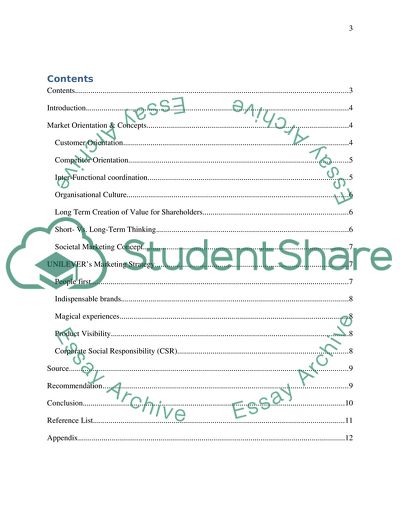Cite this document
(“Strategic Marketing Assignment Example | Topics and Well Written Essays - 2250 words - 3”, n.d.)
Strategic Marketing Assignment Example | Topics and Well Written Essays - 2250 words - 3. Retrieved from https://studentshare.org/marketing/1655343-strategic-marketing
Strategic Marketing Assignment Example | Topics and Well Written Essays - 2250 words - 3. Retrieved from https://studentshare.org/marketing/1655343-strategic-marketing
(Strategic Marketing Assignment Example | Topics and Well Written Essays - 2250 Words - 3)
Strategic Marketing Assignment Example | Topics and Well Written Essays - 2250 Words - 3. https://studentshare.org/marketing/1655343-strategic-marketing.
Strategic Marketing Assignment Example | Topics and Well Written Essays - 2250 Words - 3. https://studentshare.org/marketing/1655343-strategic-marketing.
“Strategic Marketing Assignment Example | Topics and Well Written Essays - 2250 Words - 3”, n.d. https://studentshare.org/marketing/1655343-strategic-marketing.


